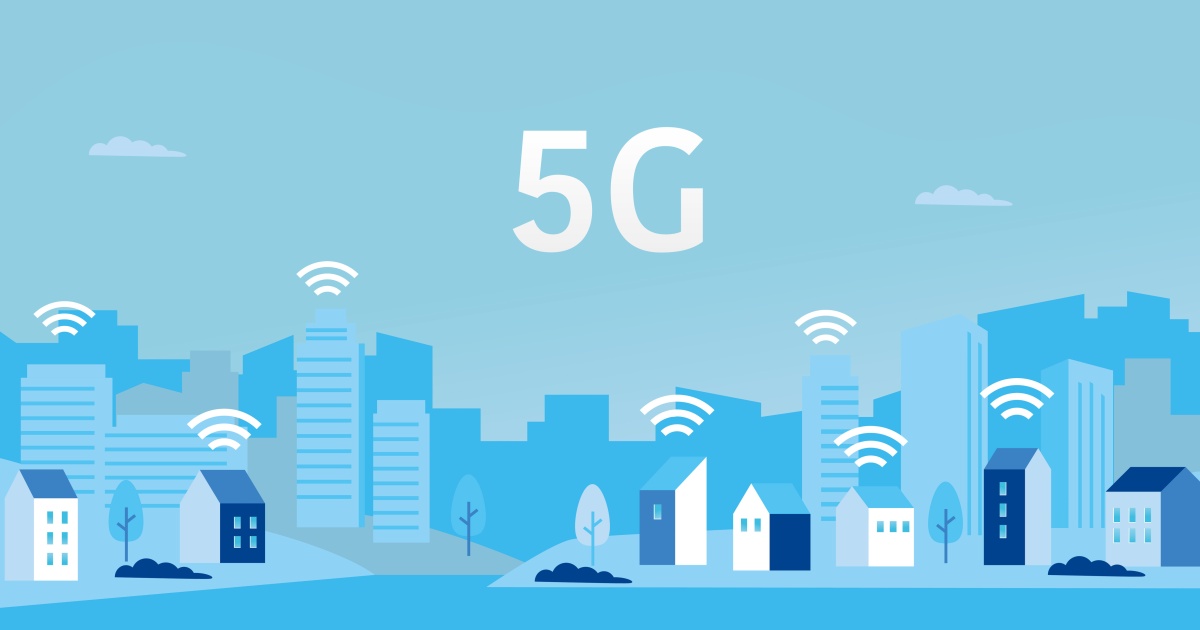
Among the cutting-edge devices and applications available today, IoT edge technology has stood out from the rest as the most prominent piece of business technology, becoming very common among all industries relatively quickly since the beginning of the digital transformation trend.
IoT edge is when sensors and devices communicate real-time data to a network. IoT edge computing solves latency issues associated with the cloud, as data is processed closer to its point of origin, as well as providing enhanced safety and a smoother end-user experience. The combination creates a plethora of benefits, including faster response times and increased operational efficiency, improved network bandwidth, and reduced latency of communication between IoT devices and the central IT networks.
However, while the IoT edge helps improve connectivity between devices, this also makes it much more detrimental when there is a shutdown or power failure, as many devices all go down at once. This is mainly due to the IoT edge’s lack of survivability. Survivability means that the system should continue to operate as well as possible despite damage to hardware (computing resources, power, or networking) or the user.
While survivability is typically related to reliability challenges, the key distinction is that reliability is about a system adapting to a challenging environment to maintain capability. In contrast, survivability is about acceptance of physical resource loss and maintaining capability as well as possible with the resources available, which is where the notion of scaling down comes into play. Given a physical loss of computing resources, power, or networking, the system should adapt and maintain as much capability as possible, ideally prioritizing capabilities based on the current needs of the user.
Today, there are a variety of reasons why an enterprise might suddenly disconnect from the cloud. Whether it be an attempted hack by a cyber attacker, a powerful storm or other extreme weather phenomena, or even just a simple power outage due to high electricity usage, organizations must be ready to continue their services while no longer having access to their cloud.
Enterprises are now making survivability a top priority, searching for the right edge solution that not only offers them all the technical and IoT benefits as usual but also provides adequate survivability in case of emergency.
Pente Networks, developer of IT-First private enterprise LTE/5G solutions for system integrators, service providers, and enterprises, introduced the general availability of a plug-and-play, highly resilient, and edge-to-cloud solution optimized on the Pente enterprise platform.
Pente Survivable Edge is controlled and configured from the cloud but also works completely independently and contains all elements needed to provide service during a disconnect from the cloud. Capabilities include local breakout for data, survivability options, and the ability to support real-time management and automation but keeping one management system that can control as many edges, radios, and devices as needed.
“After over a year of collaboration, development, testing in our lab, multiple proofs-of-concept, and two successful deployments, we are pleased to bring to the global IoT developer and service provider communities an edge capability unmatched in terms of simplicity, predictability, and reliability,” said Jonathan Schwartz, CTO, Pente.
“The edge brings with it tremendous opportunities when the edge can support real-time, automated systems where ROIs have been proven to be most immediate and sustainable. The edge has also been notoriously difficult to manage with certainty, including the flow of data generated by sensors that can be utilized locally using mesh networking, in sync with data pumped into the cloud for analytics, centralized visibility, and control across distributed locations,” continued Schwartz.
In a related announcement, Pente revealed it has been collaborating with Monogoto, a cloud-based cellular network enabling API-driven Infrastructure-as-a-Service, and Supermicro, a global technology leader committed to delivering first-to-market innovation for Enterprise, Cloud, AI, and 5G Telco/Edge IT Infrastructure, on advanced wireless edge solutions with a full-stack approach.
Monogoto is the first service provider to deploy Pente Edge software running on Supermicro’s systems in support of the introduction of Monogoto’s EdgePlus service offering.
Pente is contributing the mobile core and management layers as part of its new Pente Survivable Edge, which makes private LTE/5G private networks extremely robust and IoT and Industrial IoT solutions easier to deploy and manage.
Supermicro’s market-proven IoT SuperServer family will support this initiative, including the (SYS-E302-12D and SYS-110D). Both systems include the Intel Xeon D-based processors, which is the most advanced System-on-a-Chip built for the edge with built-in AI, security, advanced I/O, and dense computing.
“We are a big believer in the combined future of Edge and private 5G futuristic use cases, such as augmented reality, autonomous systems, and advanced vertical industry solutions,” said Maor Efrati, CTO, Monogoto. “Working with Pente and Supermicro, we can deliver tightly integrated edge-to-cloud capabilities, which we have demonstrated in agriculture, education, and warehousing as a start. Together, we offer the ideal platform for developers of IoT and Industrial IoT solutions.”
“We designed a joint solution with our software running on Supermicro systems, enabling Monogoto to offer their customers their powerful and cost-effective EdgePlus service,” Schwartz said. “The result is an instant edge optimized for cloud-based enterprise private networks. Together, we make spinning up a new network as easy as it is to spin up a VM, with a plug-and-play devices that simplify the design, building, and management of connected systems.”
Pente Survivable Edge software can be installed on any server and can be downloaded with a single click for automatic connection to the cloud, Schwartz explained. The edge is survivable and can withstand disconnect from the cloud, and provides local monitoring of all traffic from devices through the radios.
If required, the Survivable Edge is available on pre-integrated servers such as Supermicro and AWS outpost but can also run on any standard servers.
Two edges can run together to create full redundancy and can be complemented by a User Plane only edge to reach the highest throughputs, Schwartz said.
Juhi Fadia is an engineer, analyst, researcher and writer covering advanced and emerging technologies.Edited by
Erik Linask





